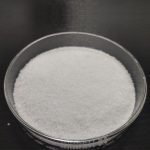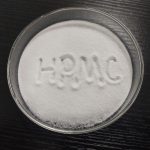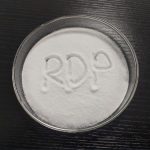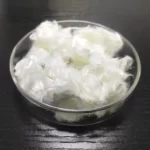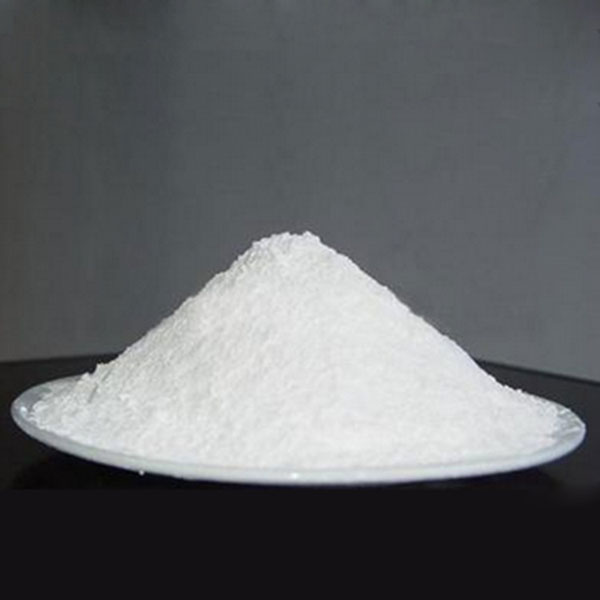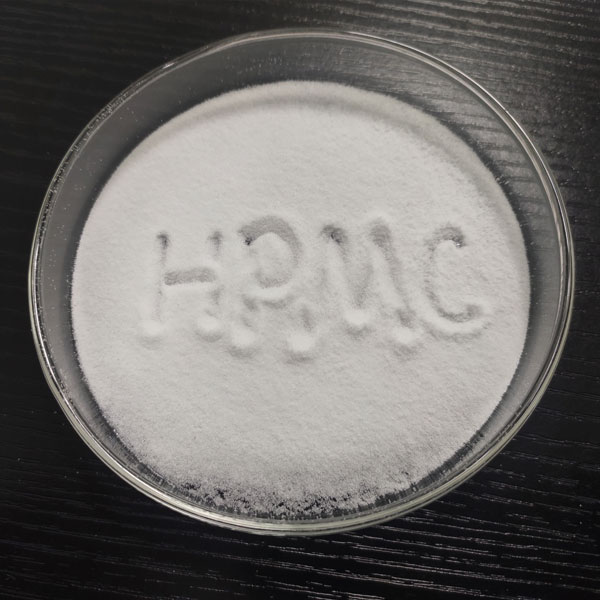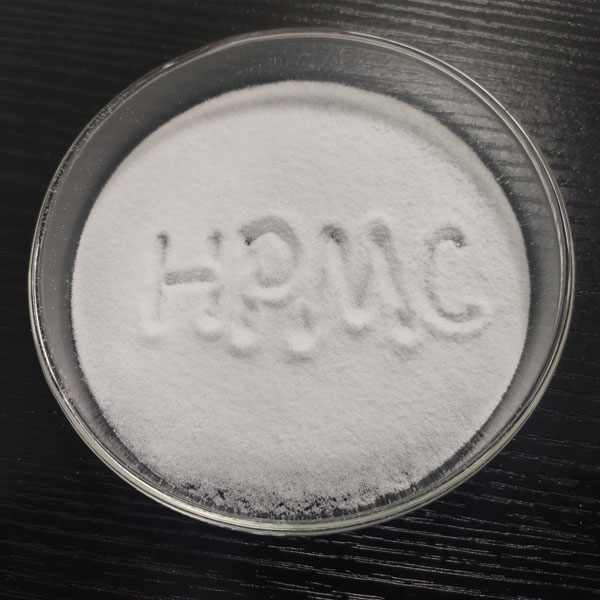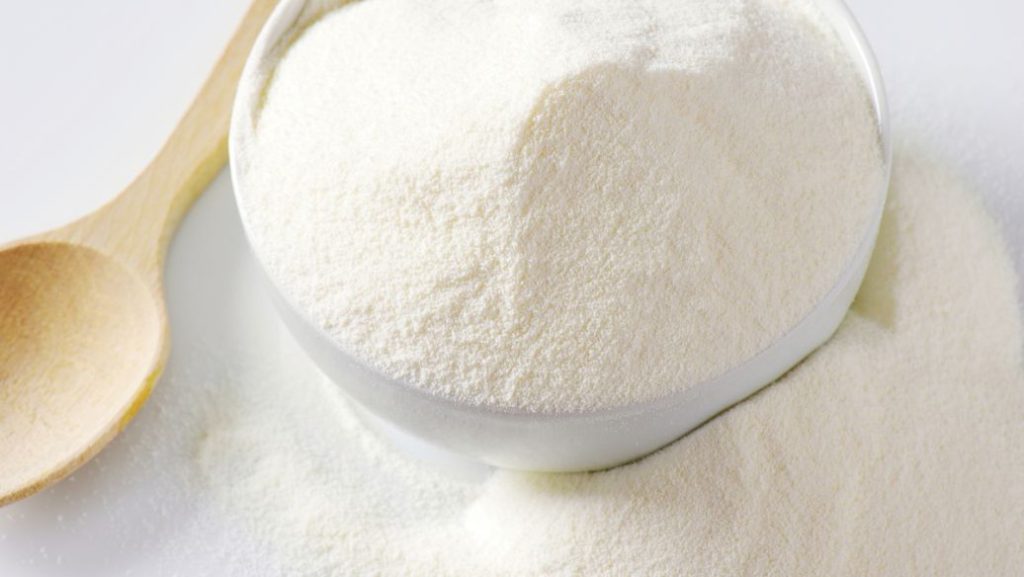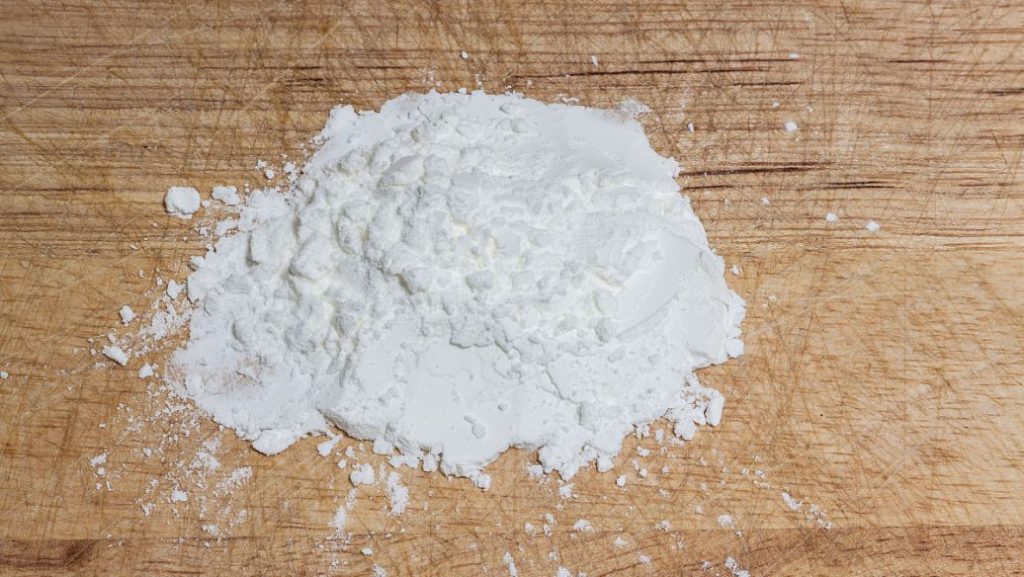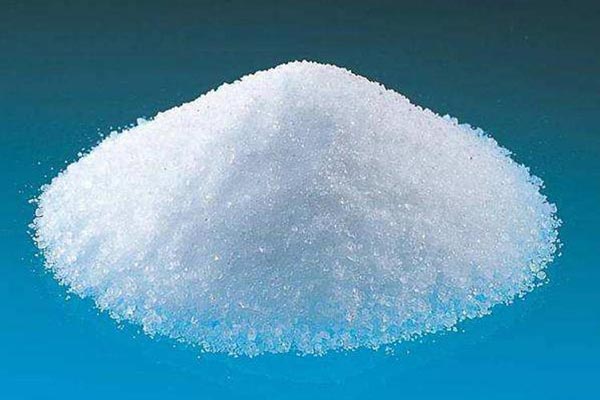
- ホーム
- >>
- ニュース
- >>
- ページ 14
ニュース一覧
私たちの仕事の成果や会社のニュースを皆さんと共有し、開発や人材の任免条件をタイムリーに提供できることを嬉しく思います。
Precautions for using Hydroxy Ethyl Cellulose(HEC) 1. Use a high-shear mixer to add clean water to the bucket. Slowly start stirring at low speed and slowly filter the hydroxy ethyl cellulose into the solution. Continue to stir until all the
Uses of Hydroxy Propyl Methyl Cellulose (HPMC) HPMC is mainly used as a dispersant for suspension polymerization in industry. Due to its excellent dispersing and glue retention capabilities, products with regular particle size, concentrated particle size distribution, appropriate specific gravity
Application of Hydroxy Propyl Methyl Cellulose (HPMC) (1) Water-soluble, soluble in water in any proportion, its highest concentration depends on viscosity, and dissolution is not affected by PH. (2) Organic solubility. HPMC can be dissolved in some organic solvents or
Precautions for use: 1. Keep stirring while adding the thickener until a clear and homogeneous solution is obtained. 2. Quickly sift the thickener into the solution, do not pour it in pieces or all at once. 3. The nature of
There are three general methods of use: Method (1) directly added during production 1. Add clean water to a bucket equipped with a stirrer. 2. Stir at low speed at the beginning to slowly and evenly disperse the (HEC) into
As a non-ionic surfactant, hydroxyethyl cellulose has the following properties in addition to thickening, suspending, bonding, emulsifying, film-forming, dispersing and retaining water and providing protective film: 1. HEC is soluble in hot or cold water, and does not precipitate under
Hydroxyethyl cellulose HEC is a white or slightly color odorless, tasteless and easy-flowing powder, 40 mesh sieving ≥99%; softening temperature: 135℃—140℃; apparent density: 0.35—0.61g/cm3, decomposition temperature: 205 ℃-210℃; slower burning speed; equilibrium moisture content: 23℃; 6% at 50%rh, 29% at
1. The content of chloride ion should be strictly controlled In order to improve the early strength of concrete, triethanolamine, calcium chloride, industrial salt, etc. will be added to the water reducing agent, especially in winter or in the prefabricated
Poly (vinyl alcohol) is a kind of water-soluble polymer obtained by hydrolysis of polyvinyl acetate instead of monomer polymerization. It is soluble in glycerin at 120-150 ℃, but becomes jelly at room temperature. In the dissolving step of polyvinyl alcohol,

